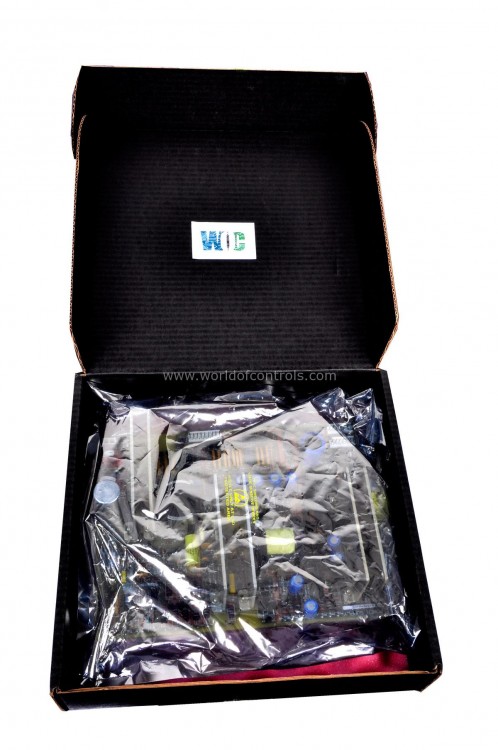
World Of Controls understands the criticality of your requirement and works towards reducing the lead time as much as possible.
DS200TCDAF1BCE - Digital I/O Board is available in stock which ships the same day.
DS200TCDAF1BCE - Digital I/O Board comes in UNUSED as well as REBUILT condition.
To avail our best deals for DS200TCDAF1BCE - Digital I/O Board, contact us and we will get back to you within 24 hours.
Part No.: DS200TCDAF1BCE
Manufacturer: General Electric
Country of Manufacture: United States of America (USA)
Storage temperature: -40 to 85oC
Relative humidity: 5 to 95 percent, no-condensing
Product Type: Digital I/O Board
Availability: In Stock
Series: Mark V
DS200TCDAF1BCE is a digital I/O board developed by GE. It is a part of Mark V control system. The I/O board is specifically within the digital I/O cores Q11 and Q51. It serves as a pivotal interface for processing digital contact input signals from terminal boards like DTBA and DTBB, as well as managing contact output signals (relays/solenoids) from TCRA boards. This integration ensures seamless communication and control across various components within the system.
The processed digital signals are transmitted over the IONET, a communication network integral to the control system architecture. Specifically, these signals are directed towards:
The WOC team is always available to help you with your Mark V requirements. For more information, please contact WOC.
What is DS200TCDAF1BCE?
It is a digital I/O board developed by GE under the Mark V series.
How does the JQ connector on the board function?
The JQ connector connects to the JQR socket on the DTBA board, facilitating the transmission of contact input signals from DTBA to the board. This enables the TCDA to receive and process digital contact input signals from sensors or switches connected to the DTBA board.
What role does the JR connector play on the board?
The JR connector connects to the JRR socket on the DTBB board, allowing the board to receive contact input signals from DTBB. This capability enables the TCDA to monitor and process additional contact inputs from sensors or switches connected to the DTBB board.